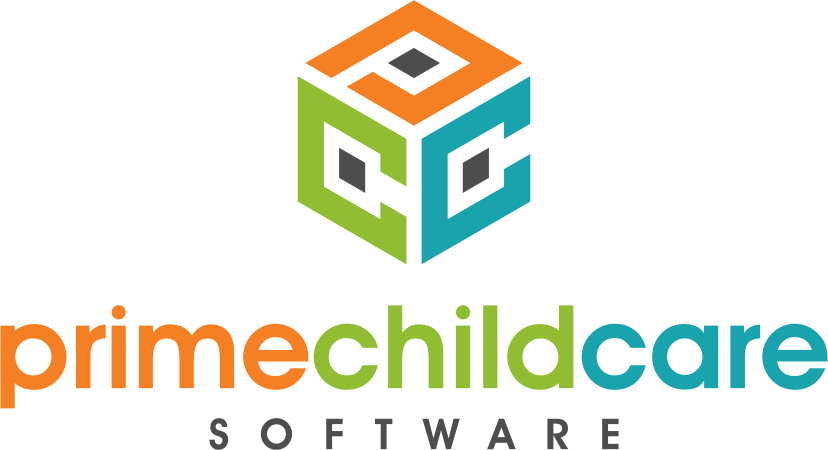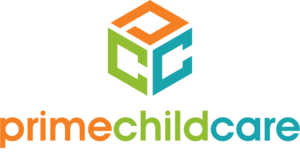How to Track & Use Meal Restrictions and Allergy Information to Ensure Child Safety
Peanuts. Gluten. Ants. Bees. Grass. Pollen. Mold. There is no shortage of allergens affecting our kids today. Whether these allergens have always existed or we are just becoming more sensitive to them, it more important now than ever that we bring awareness and prevention to the table as child care providers to ensure the health and safety of our students.
The numbers are actually pretty staggering. According to Julie-Ann Amos at Healthline, U.S. children:
- Are diagnosed almost as frequently in a one-year period as adults, with approximately 7.1 million diagnosed, or 9.5 percent of the children in the population.
- Make up 8.6 million, or 11.5 percent of the children in the population, who reportedly have had respiratory allergies in a 12-month period.
- Experience a rate of reported food allergies of approximately 3.4 million, or 4.6 percent of the children in the population, in a 12-month period.
- Reported 9.4 million cases of skin allergies, or a total of 12.6 percent of the children in the population.
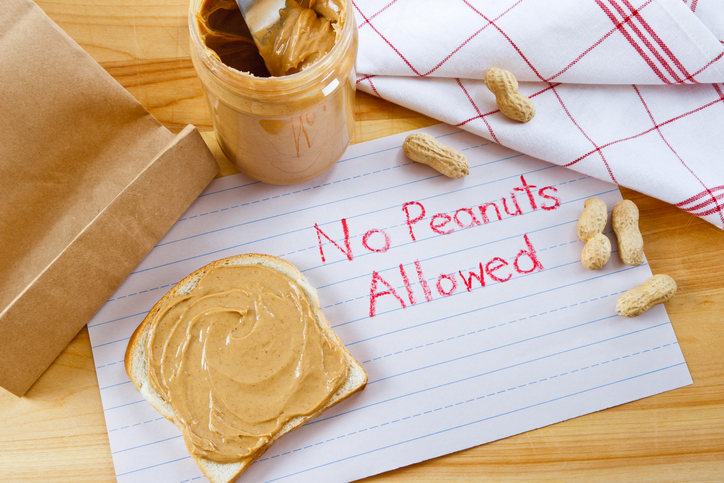
We may not want to admit it, but allergies are on the rise. It is likely one of the biggest concerns parents whose children suffer from serious if not life-threatening allergies face when placing their child in a child care center, preschool, or after school program. They need 100% assurance that whomever is responsible understand exactly what their child is allergic to and what to do if their child is exposed to said allergen.
This challenge is not something we can take lightly. However, it is just that…a challenge. With so many children and so much movement within a center from classroom to playground to another classroom or even teacher to teacher’s aide to substitute, how can you ensure that your kids with allergies are protected?
Furthermore, you may have students in the building who don’t necessarily have food allergies but rather have meal restrictions due to religion or any other various reasons. You need the ability to track this and respect the requests of the families in your program. Yet another challenge that can prove difficult to manage.
Knowledge Is Power For Childcare Workers Managing Food Allergies & Meal Restrictions
Knowing who is allergic to what or who has restricted diets is the first step in ensuring safety within your center. The minute parents enroll their child, the center much capture this information in an easy-to-retrieve way.
A childcare management solution such as Prime Child Care Software can help with just that. This solution allows parents to easily enter any allergies or food restrictions they may have at the time of registration. Parents can also update this data through the parent portal at any time if anything changes. Teachers and administrators within the building have the ability to run reports on specific classrooms to understand which students have allergies or food restrictions.
Get Creative To Make Adults Aware Of Potential Risks
Your teachers may have all of their students’ meal restrictions and food sensitivities memorized or quickly available on a touchscreen, but how are you going to ensure that allergy sufferers and those with restricted diets stand out to maybe a substitute teacher who doesn’t know all of the details for each student or a volunteer who has come in for a special day or occasion? Your ultimate goal is to ensure that everyone who comes into contact with this group of students understands the dos and don’ts.
Devise a system that allows adults to know of any allergies or meal restrictions. It’s important to get creative and keep things easy to understand for everyone!
Customized Name Tags For Kids
You can link your data from a comprehensive childcare management system to your name tag printer so that any time you print name tags, allergy and meal restriction information prints with the name tag. If you don’t have a comprehensive child care management system to print name badge info from, think about using colored stickers. Try laminating name tags or using magnetic name badge holders to keep name badges tidy and avoid having to print new tags every day.
Color-Coded Rubber Bracelets
Rubber bracelets are super popular with most kids these days. Color coding them for various issues and having a key to those various colors could help people building wide.
For example, if you have a student who has an allergy that isn’t life-threatening but can be an issue (allergic to ant bits for example), have that student where a yellow rubber bracelet every day at school. This alerts everyone that there is the potential for an allergic reaction and to keep a special eye out.
A student who has a severe food allergy could go into anaphylactic shock if they ingest certain foods. You can provide this student with a red bracelet to alert all adults that there is a life-threatening allergy associated with this student. Maybe provide students with meal restrictions white bracelets to wear.
The main idea is to just provide visual cues to all adults on duty as to which students have issues so whichever route you go, hang a poster in the classroom and perhaps in the lunchroom with easy to understand instructions on what they need to be aware of.
Privacy Matters When It Comes To Medical Issues
Remember that privacy is an issue here as well. You want to be mindful of your students and their medical privacy. Collaborating with your staff to know what will work best to keep all responsible parties in the loop on allergies and meal restrictions is key.
Any student who has special requirements can be challenging, but with the right tools and processes in place, you can ensure student safety day in and day out.
Recent Articles from Prime:

5 Tips and Tricks for Getting Children On Board With New Hygiene Requirements
Covid-19 has changed the way most businesses practice. If you run a childcare facility, you know this firsthand. As parents begin to head back to work and schools begin to implement reopening plans, you find yourself needing to balance getting things “back to normal” with hygiene and sanitation practices that keep children, parents, and staff members safe. … Read More
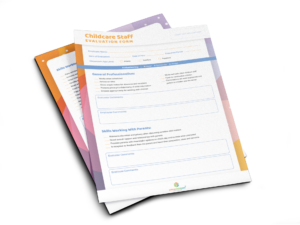
Employee Performance Evaluation Template
Evaluating your childcare staff has never been easier! Periodic performance evaluations ensure your staff is meeting and exceeding your expectations. Make the process easy with this free employee evaluation form from Prime Childcare Software.

12 Simple Ways to Incorporate More Movement into Your Daycare Lessons
One of the keys to successful children’s development is the movement. Research shows that encouraging movement can give children an opportunity to develop self-awareness, master non-verbal ways of communication, and learn more about their bodies. … Read More

9 Classroom Ideas to be Thankful for This November
Interactive activities and entertaining lesson plans are fun for kids and can provide numerous benefits for their learning, physical well-being, and social and behavioral skills. Here are exciting classroom ideas for November! … Read More
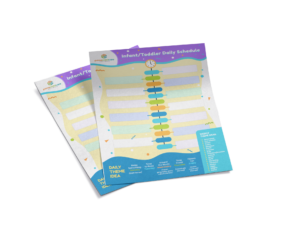
Infant & Toddler Daily Schedule Template
We know that planning out your days can take some serious work and organization. To help you plan your daily schedule, we’ve put together a schedule template for you to print out and fill in with your plans. Check out this pre-made schedule sheet to help customize the plan for your children’s days! … Read More

6 Inspiring Classroom Ideas for June
Summer is finally here! Implement these classroom ideas to keep your young charges excited about learning. … Read More

